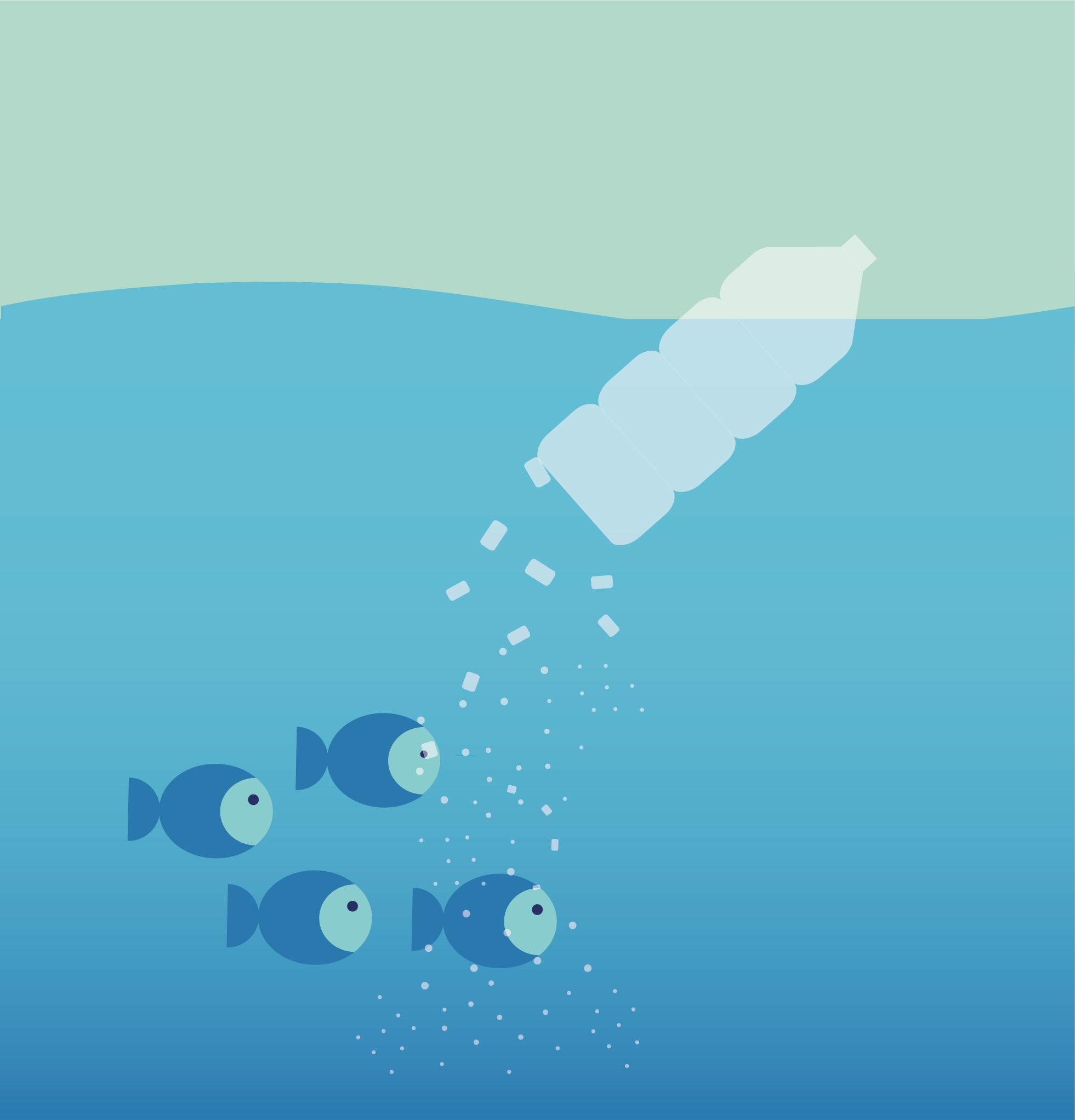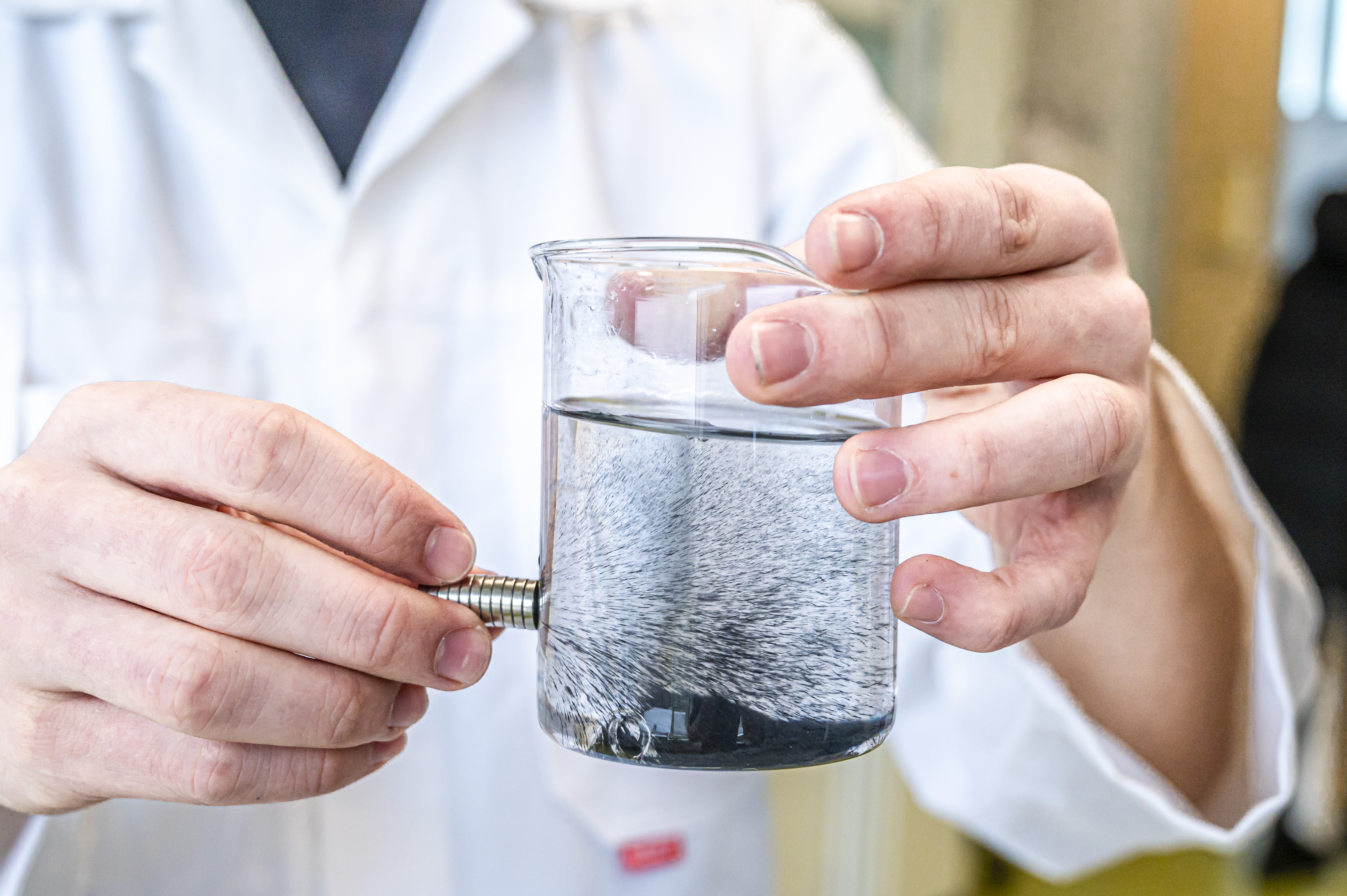9 Insightful Ways to Understand and Address Microplastics in Our World
Ecological Impact: Microplastics and Marine Life

Marine ecosystems are particularly vulnerable to microplastic pollution. These particles can be ingested by marine organisms, from plankton to large fish and mammals, often with fatal consequences. Ingested microplastics can cause physical harm, such as internal abrasions or blockages, and can also leach toxic chemicals into the bodies of these organisms. Furthermore, microplastics can act as vectors for other pollutants, such as persistent organic pollutants (POPs), which attach to their surfaces. This complex interaction poses a significant risk to marine biodiversity and highlights the urgent need for measures to reduce plastic waste entering the oceans.
Human Health Concerns: The Invisible Threat

The impact of microplastics on human health is an area of growing concern and active research. Microplastics have been found in drinking water, table salt, and even the air we breathe. While the full extent of their health implications is still being studied, potential risks include the ingestion of harmful chemicals leached from plastics and the physical presence of these particles in the human body. There is also concern about the role of microplastics in transferring pathogens and heavy metals. Understanding these risks is crucial for developing effective health guidelines and protective measures to safeguard public health.
